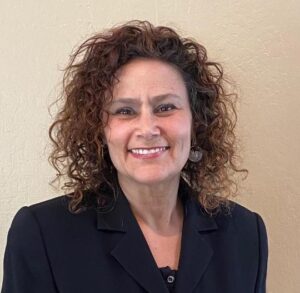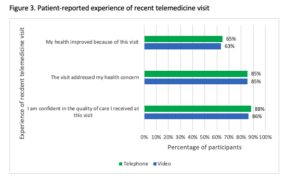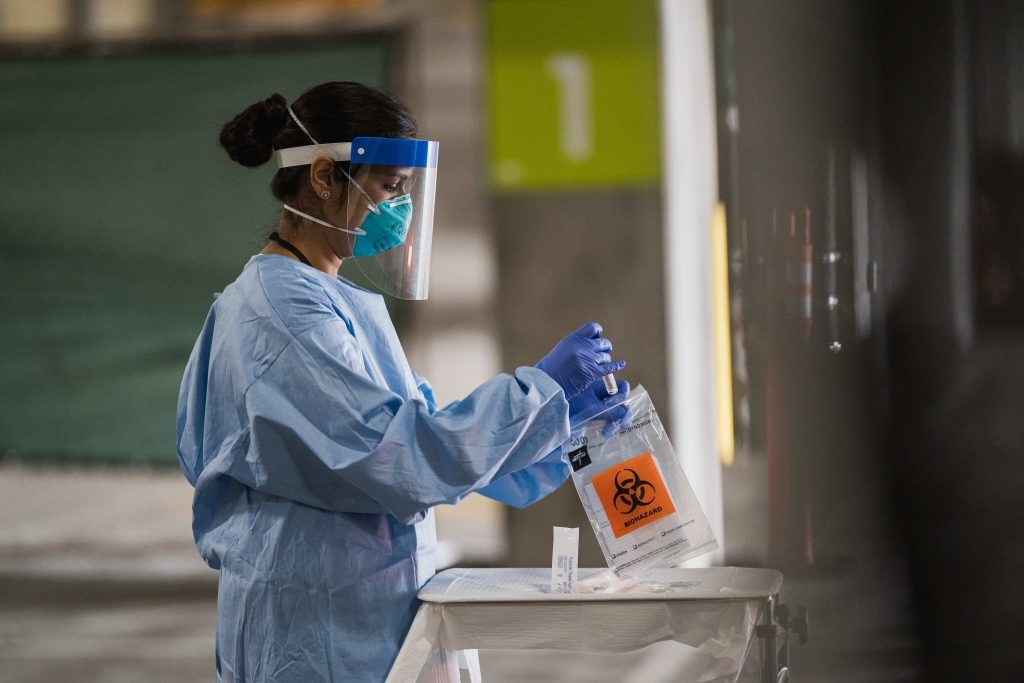Survey of Kaiser Permanente patients suggests virtual care expansion during the pandemic influenced attitudes towards telehealth
A survey of 1,000 Kaiser Permanente Northern California patients who used a phone or video visit to see their primary care doctor in 2020 found that most were satisfied with their visit, and two-thirds are interested in using telemedicine again. The study by Kaiser Permanente Division of Research scientists was published in the journal Medical Care.

Patient attitudes toward in-person visits for primary care evolved through the COVID-19 pandemic. Sixty-nine percent said they generally would have rather seen their doctor in person before the pandemic, but that preference dropped to 57% after the pandemic, suggesting a sustained openness to shifting some visits to a virtual format. Just 23% of patients preferred an in-person visit during the early period of the COVID-19 pandemic.
The results indicate changing patient attitudes toward different ways to interacting with their doctors, said lead author Andrea Millman, MA, a senior research project manager with the Division of Research. “This survey reflects a time during the pandemic when people were using more virtual care to avoid COVID-19 exposure, but the results suggest that once they tried a phone or video visit, and found it useful or valuable, they would use it again for convenience,” Millman said.
Patients were surveyed between March and October 2020, soon after the pandemic began and through its early stages when many medical visits were switched to virtual, a Kaiser Permanente approach it called “telemedicine first.”
The researchers surveyed 1,000 randomly chosen people who had all scheduled a phone or video visit with their primary care doctor during the study period. They were asked their experiences and perspectives about in-person and virtual care before, during, and after the pandemic.
Most of the respondents included comments in the survey, and two-thirds of those said they would be open to using different types of visits for different needs. For instance, one person said they expected to prefer in-person visits post-pandemic, but would still be open to a phone visit for a simple issue such as renewing a prescription.
Most (85%) of respondents who had a recent video or telephone visit said the visit addressed their health needs, and 80% agreed that telemedicine addressed their health needs as well as an in-person visit when a physical exam is not needed.
“These results reflect a major transition in the way people get medical care, and it is good to know that for most patients, virtual care was a positive experience and met their needs,” said senior author Mary Reed, DrPH, a research scientist with the Division of Research. “This study also suggests that patients are flexible and able to choose the type of visit that works best for a given health need.”

A quarter of those having a video visit reported technical difficulties, 13% said it was hard to find a private or quiet space for the visit, and 11% said they didn’t have an adequate internet connection. The survey was in 2020, early in the expansion of video visit use.
For patients who have barriers to video use, or do not prefer it, telephone visits remain an important option, the authors said. Nearly 1 in 5 of those surveyed reported a preference for telephone visits post-pandemic.
The study was funded by the federal Agency for Healthcare Research and Quality.
Additional co-authors were Jie Huang, PhD, Catherine Lee, PhD, and Anjali Gopalan, MD, MS, of the Division of Research; Emilie Muelly, MD, PhD, of The Permanente Medical Group; Ilana Graetz, PhD, of Emory University; Judy Shan, BS, of the University of California, San Francisco; and Loretta Hsueh, PhD, of the University of Illinois Chicago.
# # #
About the Kaiser Permanente Division of Research
The Kaiser Permanente Division of Research conducts, publishes and disseminates epidemiologic and health services research to improve the health and medical care of Kaiser Permanente members and society at large. It seeks to understand the determinants of illness and well-being, and to improve the quality and cost-effectiveness of health care. Currently, DOR’s 600-plus staff is working on more than 450 epidemiological and health services research projects. For more information, visit divisionofresearch.kaiserpermanente.org or follow us @KPDOR.





Comments (0)